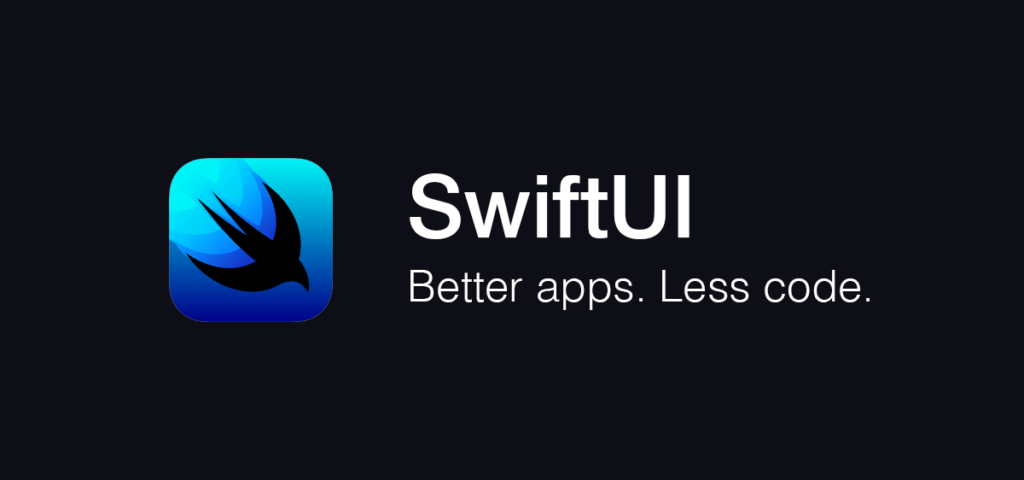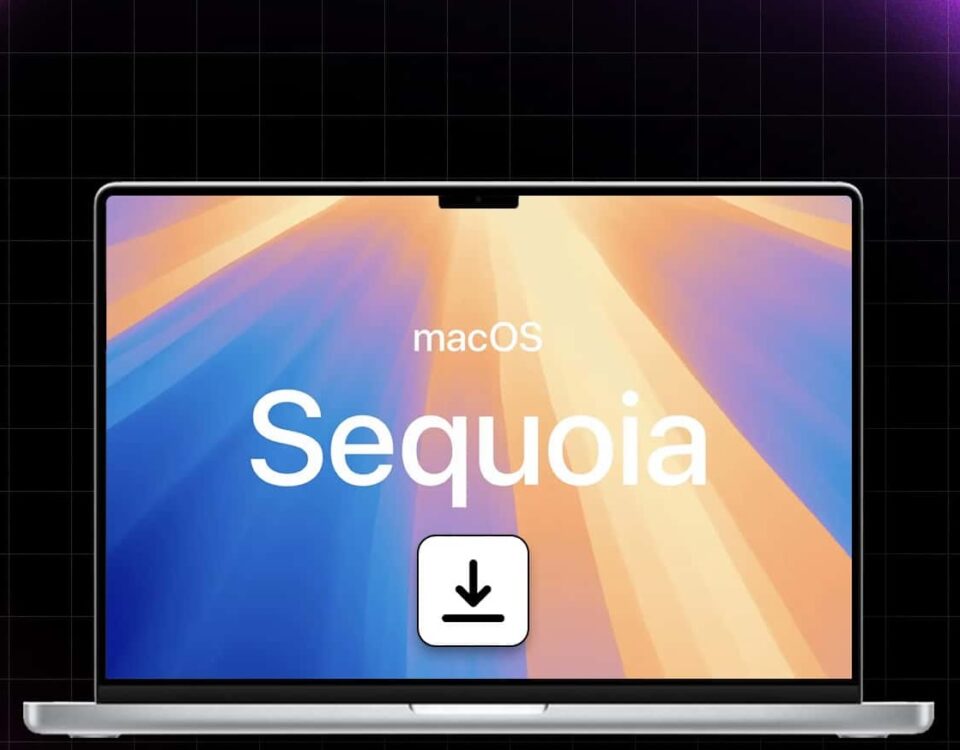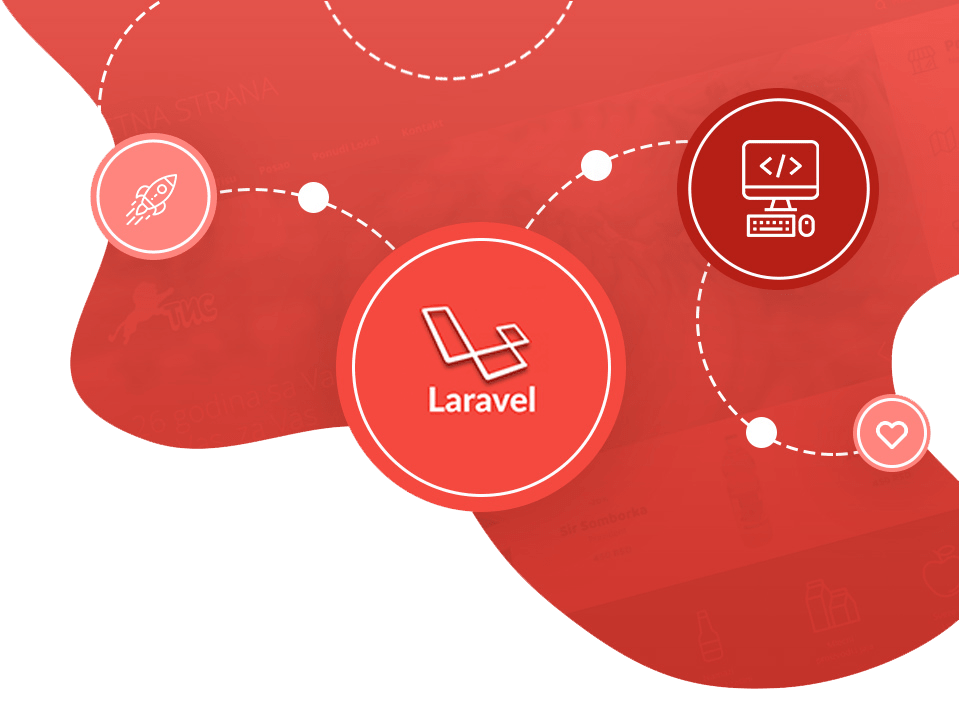
WHY LARAVEL IS AN IDEAL CHOICE FOR ENTERPRISE APP DEVELOPMENT?
22nd December 2020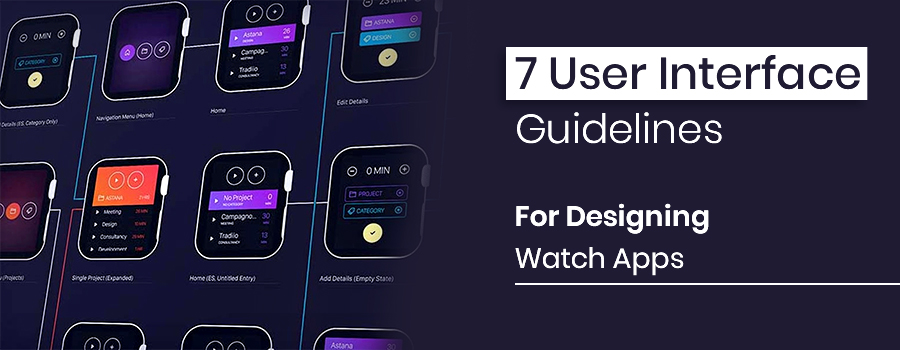
7 User Interface Guidelines For Designing Watch Apps
24th December 2020SwiftUI is a user interface toolkit that lets us design apps in a declarative way. That’s a fancy way of saying that we tell SwiftUI how we want our UI to look and work, and it figures out how to make that happen as the user interacts with it.
Declarative UI is best understood in comparison to imperative UI, which is what iOS developers were doing before iOS 13. In an imperative user interface we might make a function be called when a button was clicked, and inside the function we’d read a value and show a label – we regularly modify the way the user interface looks and works based on what’s happening.
Imperative UI causes all sorts of problems, most of which revolve around state, which is another fancy term meaning “values we store in our code”. We need to track what state our code is in, and make sure our user interface correctly reflects that state.
SwiftUI is an innovative, exceptionally simple way to build user interfaces across all Apple platforms with the power of Swift. Build user interfaces for any Apple device using just one set of tools and APIs. With a declarative Swift syntax that’s easy to read and natural to write, SwiftUI works seamlessly with new Xcode design tools to keep your code and design perfectly in sync. Automatic support for Dynamic Type, Dark Mode, localization, and accessibility means your first line of SwiftUI code is already the most powerful UI code you’ve ever written.
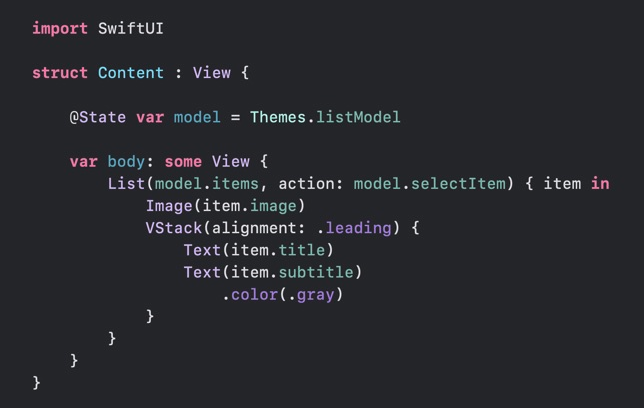
Design Tools
Xcode 11 includes intuitive new design tools that make building interfaces with SwiftUI as easy as dragging and dropping. As you work in the design canvas, everything you edit is completely in sync with the code in the adjoining editor. Code is instantly visible as a preview as you type, and any change you make to that preview immediately appears in your code. Xcode recompiles your changes instantly and inserts them into a running version of your app, visible, and editable at all times.
Native on All Apple Platforms
SwiftUI was built on decades of experience in creating the most innovative and intuitive user interfaces in the world. Everything users love about Apple ecosystems, such as controls and platform-specific experiences, is beautifully presented in your code. SwiftUI is truly native, so your apps directly access the proven technologies of each platform with a small amount of code and an interactive design canvas.
Developers have been debating for a long time whether we should use Storyboards or build the app UI programmatically. The introduction of SwiftUI is Apple’s answer. With this brand new framework, Apple offers developers a new way to create user interfaces. Take a look at the figure below and have a glance at the code.
You can now develop the app’s UI with a declarative Swift syntax. What that means to you is that the UI code is easier and more natural to write. Compared with the existing UI frameworks like UIKit, you can create the same UI with way less code.
The preview function has always been a weak point of Xcode. While you can preview simple layouts in Interface Builder, you usually can’t preview the complete UI until the app is loaded onto the simulators. With SwiftUI and Xcode 11, you get immediate feedback of the UI you are coding. For example, you add a new record to a table, Xcode 11 renders the UI change on the fly in a preview canvas. If you want to preview how your UI looks in dark mode, you just need to change an option. This instant preview feature simply makes UI development a breeze and iteration much faster.
Not only does it allow you to preview the UI, the new canvas also lets you design the user interface visually using drag and drop. What’s great is that Xcode automatically generates the SwiftUI code as you add the UI component visually. The code and the UI are always in sync. This is a feature Apple developers anticipated for a long time.


